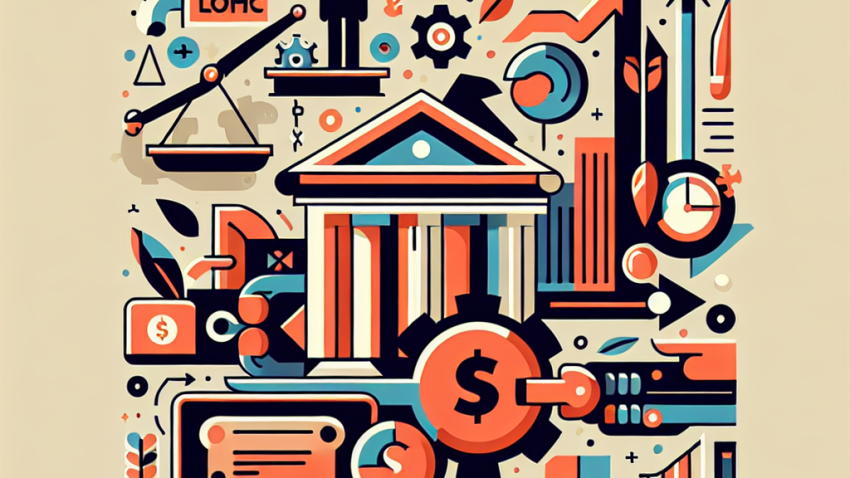
From Wonga to Klarna: How the Faces of Lending Are Changing but the Risks Remain
The True Cost of “Buy Now, Pay Later”: What You’re Not Being Told
Let’s talk about the four-word promise that’s seducing consumers faster than a 70% off neon sign on payday: Buy Now, Pay Later. Or, as I like to call it, BNPL — because acronyms make financial traps sound cuter. But behind the cheerful offers and seamless checkout options lies an evolving and unregulated debt landscape designed to do one thing: make us shop now, and regret later. Sit tight — we’re unraveling the real cost of delayed payments, and why you should be a little angrier about it.
What Is Buy Now, Pay Later, Really?
BNPL services let consumers break up purchases into smaller, interest-free installments. Sound good? It usually goes something like this:
- You buy something (say, $400 sneakers you definitely don’t need).
- The retailer partners with a BNPL company — think Klarna, Afterpay, Affirm, etc.
- They front the cost, you pay them back in chunks — often 4 payments over 6 weeks.
- Interest-free, they say. Minimal risk, they say. A budgeting tool, they say.
And sure — if you’re responsible, disciplined, financially aware, and not living paycheck to paycheck… it could work. But let’s be honest here: most people aren’t using BNPL because they’ve got a robust cash flow model and an Excel spreadsheet budget. They’re using it to soften the blow of impulse spending. (No judgment, I’ve been there.)
The Problem Isn’t Just the Debt — It’s the Psychology
I’ve worked in financial policy for over 15 years, and the most effective financial traps aren’t the ones that scare you — they’re the ones that make you feel smart for using them. BNPL plays right into that.
You’re not being charged interest up front, which makes BNPL feel like a more “responsible” or “clever” way to spend. But these services lower the psychological barrier of spending. You see $25 at checkout, not $100. This splintering of price tags decouples cost from consequence. You’re spending future money — a sly psychological trick making BNPL dangerously addictive.
So Who’s Really Paying The Price?
Let’s talk about who’s profiting (spoiler alert: it’s not you).
While retailers love BNPL because it boosts sales, these companies capitalize on your missteps — missed payments, overdraft fees, interest charges beyond the “interest-free” period, and even late penalties that quietly pile up. And here’s the kicker: most BNPL companies run soft credit checks or none at all. Great news if you have bad credit, right? Until you realize that the lack of oversight can lead to overspending and overlapping loans from multiple platforms. Financial chaos disguised as convenience.
Regulation? What Regulation?
BNPL is operating in a grey zone — somewhere between consumer credit and retail service. That means they’re not subject to the same rigorous regulation as traditional credit cards or loans. The Consumer Financial Protection Bureau (CFPB) has flagged growing concerns over this, including:
- Inconsistent disclosures about fees and risks
- Minimal user protections if things go wrong
- Increased risk of accidental over-borrowing
It’s the Wild West of consumer debt — and you’re the one footing the saloon tab.
Let’s Break Down the Actual Costs of BNPL
1. Late Fees Can Stack Up Fast
Most BNPL services charge between $5 to $20 per missed payment. Miss more than one? You could end up paying over 25% of the item’s cost in additional fees — all while still owing the original balance.
2. Your Credit Report Might Suffer
Many BNPL providers don’t report your successful usage to credit bureaus (which could help your score). But missed payments? Oh, those they’ll gladly report. Imagine your credit score dipping because of a missed $12 installment on a T-shirt.
3. The Return Policy Nightmare
Returned a product? Great — maybe the seller accepts the return. But guess what? You might still be on the hook paying the BNPL company while they “process” the refund. It’s the administrative equivalent of playing hot potato with your paycheck.
How to Protect Yourself — Eleanor Style
I’ve got some tough love for you, but it comes with solid advice. If BNPL is becoming part of your financial life, here’s how to avoid getting burned:
- Only BNPL What You Could Afford to Pay in Full: If you wouldn’t buy it without BNPL, don’t buy it with it.
- Track Installments Like a Hawk: Use reminder apps or note it in your calendar. Treat those due dates like rent day.
- Don’t Stack BNPL Services: Using five different providers to splinter five different purchases is not cash flow management. It’s a financial house of cards.
- Read Return and Refund Policies: And don’t take the retailer’s word for it. Check the BNPL provider’s terms too.
- Know When to Walk Away: If you’re relying on BNPL to handle essentials — food, rent, personal care — please pause. That’s a red flag. Talk to a financial advisor or explore non-predatory short-term assistance options.
The Bottom Line: It’s Not Free, It’s Just Delayed
BNPL isn’t inherently evil — but it’s currently operating under a regulatory radar, dancing a little too far into predatory territory. It’s wrapped in pretty UX design and millennial pink branding, but behind the screen is an unregulated credit product profiting off your optimism.
So next time you see that cheerful little “4 Easy Payments of $24.99” button at checkout, pause. Ask yourself: Is this convenience, or is this a trap dressed as a trend?
Because as we like to say in the advocacy world: If it sounds too good to be interest-free, it probably is.
Want to Join the Voices for Financial Fairness?
We believe consumer protections should apply where spending happens — and right now, BNPL is left unsupervised at the financial party. Visit our About Us page to understand our mission, and reach out via our Contact page if you’ve had a BNPL bad experience you’d like to share. Consumer advocacy starts with your voice.
Ellie Cartwright out — but not silent.

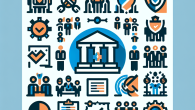
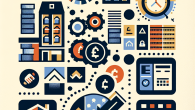

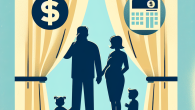


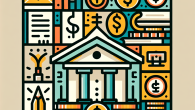
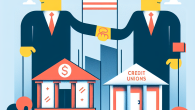
Leave a Reply